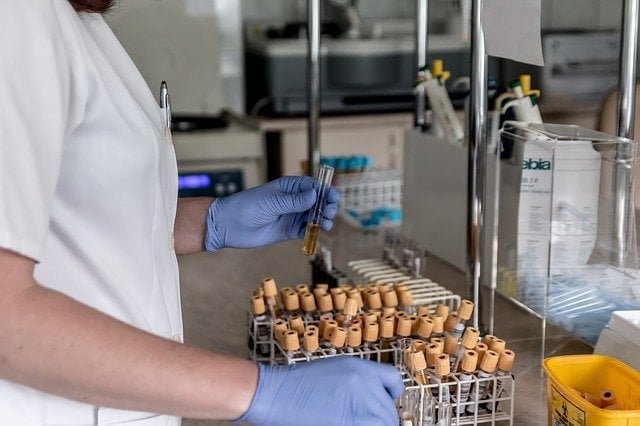
How cancer cells find ways to resist treatment
How cancer cells find ways to resist treatment
Resistance to treatment is devastating to patients and frustrating to clinicians, and it is very common in many types of cancers. A patient may respond positively to treatment for weeks, months, or more than a year, then bump into a wall where the treatment no longer works well or the tumor begins to grow again. “Initially, the tumor is completely gone,” says Arturo Loaiza-Bonilla, MD, MSEd, FACP, chief of medical oncology and medical director of research at our Philadelphia hospital. “But once you get to the nucleus of cells that aren’t moving, you’ll know those cells are resistant and they’re going to start growing. It’s very frustrating.”
“Once you get to the nucleus of cells that aren’t moving, you’ll know that those cells are resistant and that they’re going to start growing. It’s very frustrating.” – Arturo Loaiza-Bonilla, MD, MSED, FACP
A tumor can be resistant to treatment for many reasons. In some cases, the tumor makeup almost always contained resistant tumor cells, but it was not detected, even with genomic testing or pathological examination. But in other cases, the cancer adapts by developing new mutations or reproducing protective genes, either as part of its natural history or as a response to ongoing treatment.
When cancer changes the driver of mutation
Imagine Cancer as a bus speeding down the road with some obstacles in front of you. Over time, it collects new cells along the way and finds ways to refuel. “You have a driver boom driving that bus,” says Ashish Sangal, M.D., a medical oncologist and medical director of the CTCA. ® Lung Cancer Center at our hospital near Phoenix. The driving mutation is the dominant genetic feature in the cells of this tumor, allowing them to grow. By identifying this driver, doctors can match an anticancer drug that targets specific mutations. “We have to identify the driver and target that driver. Over time he loses control, the gas is released, and sometimes the bus dies.” Other times, a passenger takes over and a new driver allows the tumor to survive and grow. “This is where the cancer has adapted and you have to try something new,” says Dr. Sangal.
When mutations develop mutations
Healthy cells rely on several genes to help regulate growth and division, including the epidermal growth factor receptor (EGFR). But when this gene mutates, it can cause uncontrolled cell growth that causes tumors to form. Some cancers with an EGFR mutation may respond to targeted therapy drugs such as erlotinib (Tarceva ® ), aftinib (Glotrif ® ) or gefitinib (Iressa ® ) for several months before resistance develops. “We’ve seen the development of a second mutation that actually protects the original EGFR mutation,” says Dr. Sangal. “So even if we keep targeting the primary receptor, this new mutation blocks it.” This mutation can be targeted with osimertinib (Tagrisso® ) . “That’s the commission,” says Dr. Sangal, adding that this mutation can become resistant to treatment over time.
When the drug never reaches the cancer cells.
Researchers are learning more about proteins known as drug transporters, and the enzymes that carry drugs into and out of cells. One important specific transporter is a substance called P-glycoprotein (P-gp), described in an article published by the National Cancer Institute as a “garbage duct that pumps waste, foreign particles, and toxins out of cells.” P-gp is meant to protect cells from toxins, but the researchers also determined that chemotherapy drugs that are considered to be cell killers can also be eliminated. P-gp is a member of the multidrug resistance (MDR) gene family. In a process called gene amplification, researchers believe that some cancer cells can produce hundreds of MDR genes that overwhelm drug treatments and prevent them from working. Some researchers think that developing drugs that inhibit P-gp may allow therapies to stay inside cells for longer, giving them more time to work.
Clinicians and researchers are bravely searching for new ways to combat cancer resistance to therapeutic drugs. Ongoing research is looking at potential new treatments designed to target genetic traits that current drugs have not yet targeted. Drug combinations have proven to be another option for attacking multiple targets simultaneously or consecutively. “We attack cancer from many different sides,” says Dr. Sangal. “This is where clinical trials come in. We treat cancer with what we have, but what can we add to this treatment to get the best results?”



